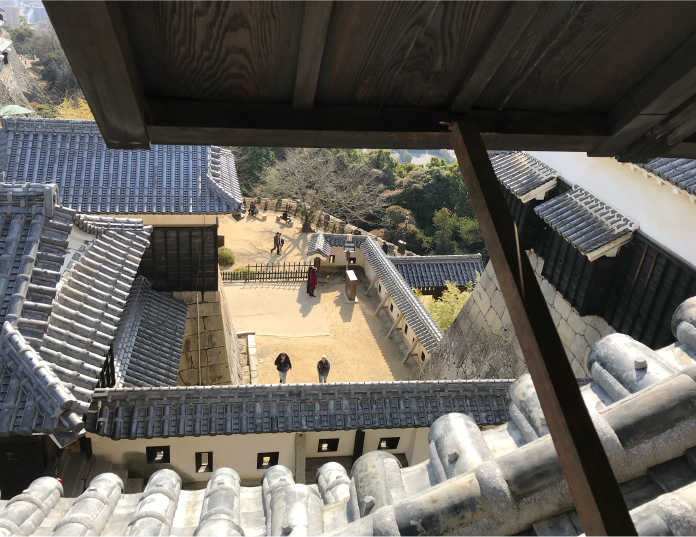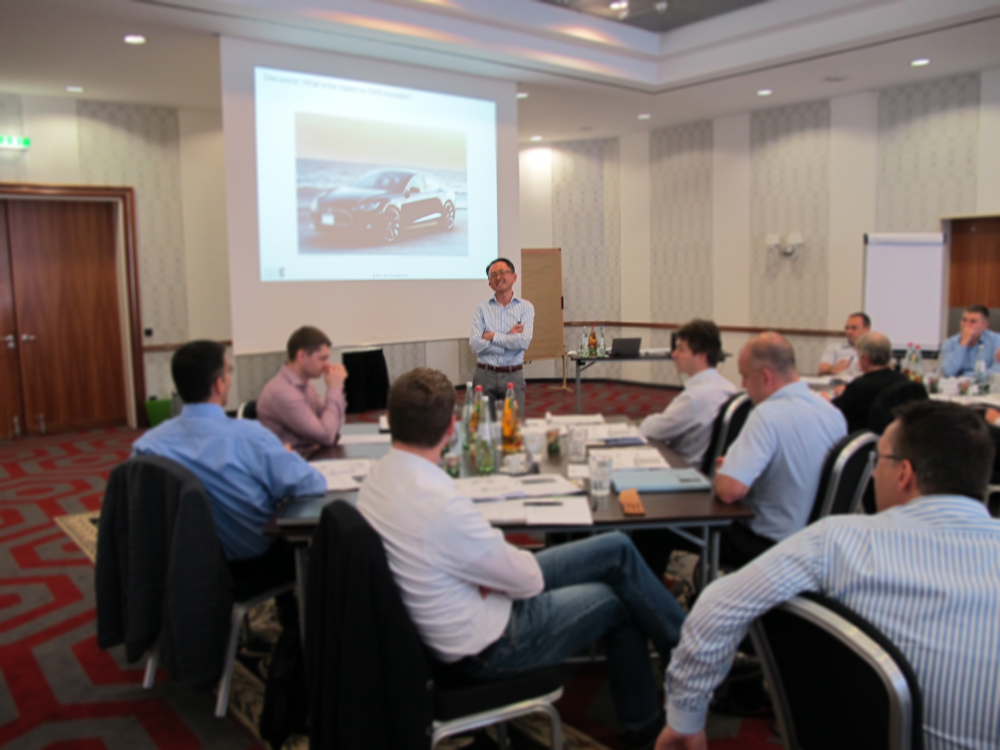Patter for the solution

Pattern 1
Future / long-term strategy
↓
Medium-term strategy
↓
Development of BSC
↓
Management training
*: Volatility (volatility), Uncertainty (uncertainty), Complexity (complexity), and Ambiguity (ambiguity)
**: Analysis of political, legal, economic, socio-cultural, and technological environment, etc.
***: Analysis of markets, channels, competitors, vendors, etc.

Pattern 2
Development of vision
↓
Definition of role & responsibility
↓
Mutual understanding with Japanese
↓
Transnational

Pattern 3
Financial target setting
↓
Cycle of genba support
↓
Development of BSC
↓
Cycle of governance

Pattern 4
Management diagnosis
↓
Operations reform
↓
Management routine
↓
Development of BSC

Pattern 5
Succession planning
↓
Competency assessment
↓
Management training
↓
Executive Coaching

Pattern 6
Culture
↓
Problem solving / logical thinking
↓
Business process reform
↓
Development of BSC

